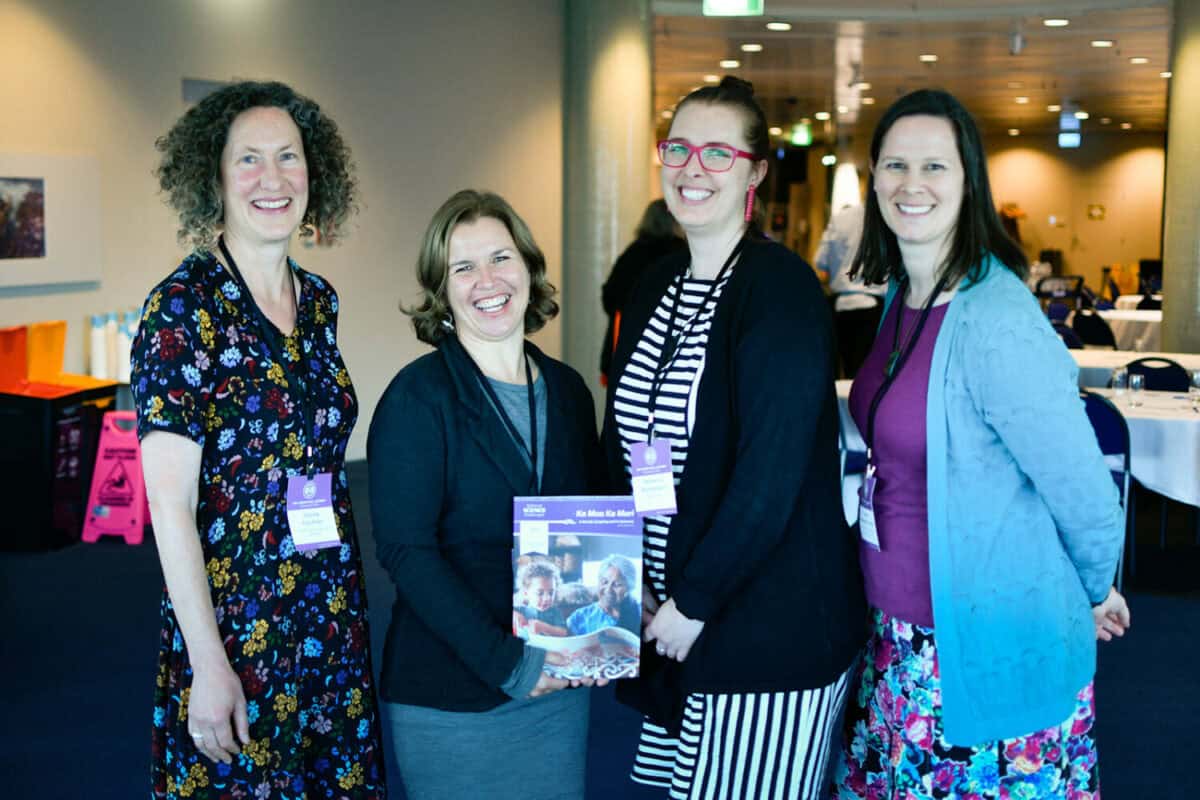Maximise Research Impact with Communication Lessons from New Zealand’s Science Challenges
Want your research to create real-world change? Learn from a decade of mission-led science in Aotearoa New Zealand.
If you’re keen to amplify your research uptake and get some applied, practical impact in response to your findings, here’s a place to start.
The National Science Challenges that finished up in June 2024 had some great mission-led science communication and engagement practitioners at the helm (including those of us now at Shared Science). We got together to ensure what we learned didn’t get lost.
Throughout our work, we faced a constant balancing act – making complex scientific concepts accessible without sacrificing accuracy or nuance. This delicate balance underpins all effective science communication and is reflected in the lessons we’ve gathered.
These seven practical insights will help researchers, funders and science organisations amplify their impact through strategic communication and engagement. Funders and those applying for funding, take note!
Lessons from the NSCs #1
Science communication and engagement must be adequately resourced and embedded in a research project from the start.
If you want your research to have a public good impact, you’ll need to be trusted by and connected to a variety of end-users. Ring-fencing funding up front for skilled mission-led science communication and engagement practitioners will mean these relationships will be well taken care of throughout the project. They’ll also help you measure and monitor change and help tell stories that allow wider audiences to connect to the work.
In practice, this looked like the Bioheritage NSC’s Eco-index. With a dedicated communication and relationship manager from its inception in 2020, Eco-index invested significant time to understand the needs of potential users and partners. Eco-index frequently pivoted to meet users’ needs while building a diverse network of next users.
Lessons from the NSCs #2
Communities should guide communications and engagement for research affecting their communities.
Resourcing community-connected specialists to collaborate on or lead communications and engagement is vital if you want fit-for-purpose solutions. You’ll need to bring together a range of voices, knowledges, worldviews and interests. It can take a long time and considerable resource to build trusting relationships with affected communities.
At the Deep South Challenge, this looked like researchers within the Te Tairāwhiti community developing, with community involvement, a variety of resources and tools to support Māori communities and landowners to access data and information, such as animated ‘conversation starter’ videos, a dynamic web dashboard and set of posters showing the impacts of different future scenarios.
Lessons from the NSCs #3
Science communication and engagement go hand in hand. Mission-led science needs both.
To effectively engage people in research, engagement specialists need plain-language material that conveys research clearly. Without an engaged audience, communications specialists have a limited audience. So, you need both roles!
At Sustainable Seas, one example was Ngā Tohu o te Ao, which involved three case study whānau working individually and collectively with Sustainable Seas and the facilitation of hui, wānanga, and workshops to uphold a kaupapa Māori knowledge reclamation process.
Lessons from the NSCs #4
Building science communication capabilities is critical to amplify research impact.
It’s rare to find a researcher who is naturally comfortable talking to media or explaining their science to communities and politicians. Mission-led science communication and engagement experts can enhance researchers’ communication skills, by providing engagement advice, communication workshops, media training, and marketing for commercialisation.
The Science for Technological Innovation Challenge provided training and support to help researchers make genuine and authentic long-term connections with industry and community. Its funding also required connections be identified along with a plan for building relationships.
Lessons from the NSCs #5
Mission-led science communication and engagement is different from institutional communications work.
It’s natural and necessary for organisation and disciplines to focus on themselves. If you’re collaborating across disciplines, organisations and sectors, having autonomous, programme-focused, mission-led science communication and engagement specialists can discourage institutional boundary-keeping and encourage strategic thinking, collaboration, and co-design.
Resilience to Nature’s Challenges staff worked together with researchers, iwi and hapū partners and a Māori creative agency to develop a series of short videos featuring the work of independent researchers, PhD students, and researchers from whare wānanga, to share their research so it was accessible to the communities who needed it. Many of those researchers didn’t have access to institutional communications staff.
Lessons from the NSCs #6
Management-level communication and engagement roles provide a strategic overview and identify new opportunities.
It’s hard for those doing the science to develop an overarching ‘helicopter view’ of all the research going on at their institution. Because of the nature of their job, communication specialists often have a broad understanding of the work underway and are constantly on the lookout for ways to synthesise research outputs to meet end-user needs and reduce stakeholder fatigue.
Some National Science Challenges discovered opportunities for plain language or other non-traditional research outputs to be included in commercial ventures, end-user capability-building programmes, and to support evidence-based policy development.
For the Our Land and Water National Science Challenge, their communications and engagement team’s strong relationships with key stakeholders and overview of all the programme’s research outputs allowed science communication outputs from multiple projects to be synthesised into three capability-building initiatives for catchment groups, rural professionals and resource managers.

Lessons from the NSCs #7
Communications and engagement outputs need to be included in contracted deliverables.
Early comms and engagement helps shape research questions and builds trust – and where that really pays dividends is when findings are ready to share.
Typically, there’s a flurry of journal submissions towards the end of a project, but finding time for communications and engagement activities after project-based funding ends is a challenge for researchers!
Research contract timelines should fund a final stage of the project – a wrap-up phase of some weeks or months after the academic research outputs are submitted. This ensures researchers are available to collaborate with comms staff to translate and mobilise findings for different audiences as the research is published.
The Ageing Well National Science Challenge required all their researchers to have a clear understanding of the impact of their work six months before the end of NSC funding in June 2024, which gave the Ageing Well communications team enough time to pull Challenge research together into a book, Ka Mua Ka Muri: A decade of Ageing Well in Aotearoa and beyond.

These seven top tips came from the science communicators (including those of us now at Shared Science) of the National Science Challenges, which finished up in June 2024. We wrote a paper to ensure what we learned didn’t get lost. Read the journal article here or contact Annabel for a PDF.
Author
Summary
- Science communication and engagement must be adequately resourced and embedded in a research project from the start.
- Communities should guide communications and engagement for research affecting their communities.
- Science communication and engagement go hand in hand. Mission-led science needs both.
- Building science communication capabilities is critical to amplify research impact.
- Mission-led science communication and engagement is different from institutional communications work.
- Management-level communication and engagement roles provide a strategic overview and identify new opportunities.
- Communications and engagement outputs need to be included in contracted deliverables.
Enjoying our content?
Get it straight to your inbox

